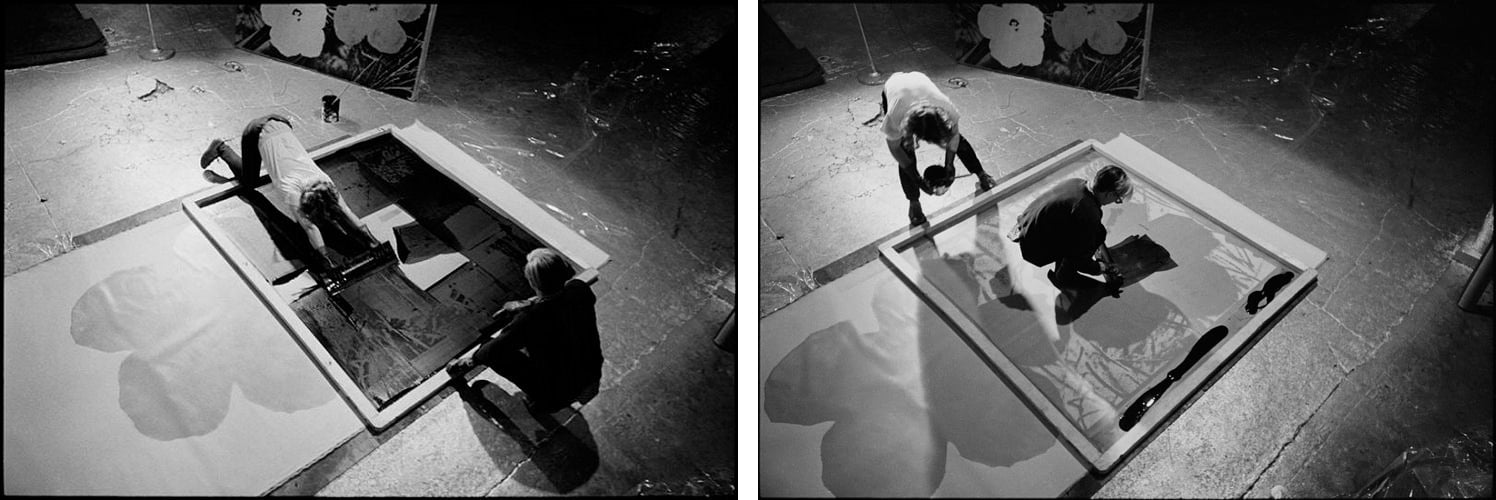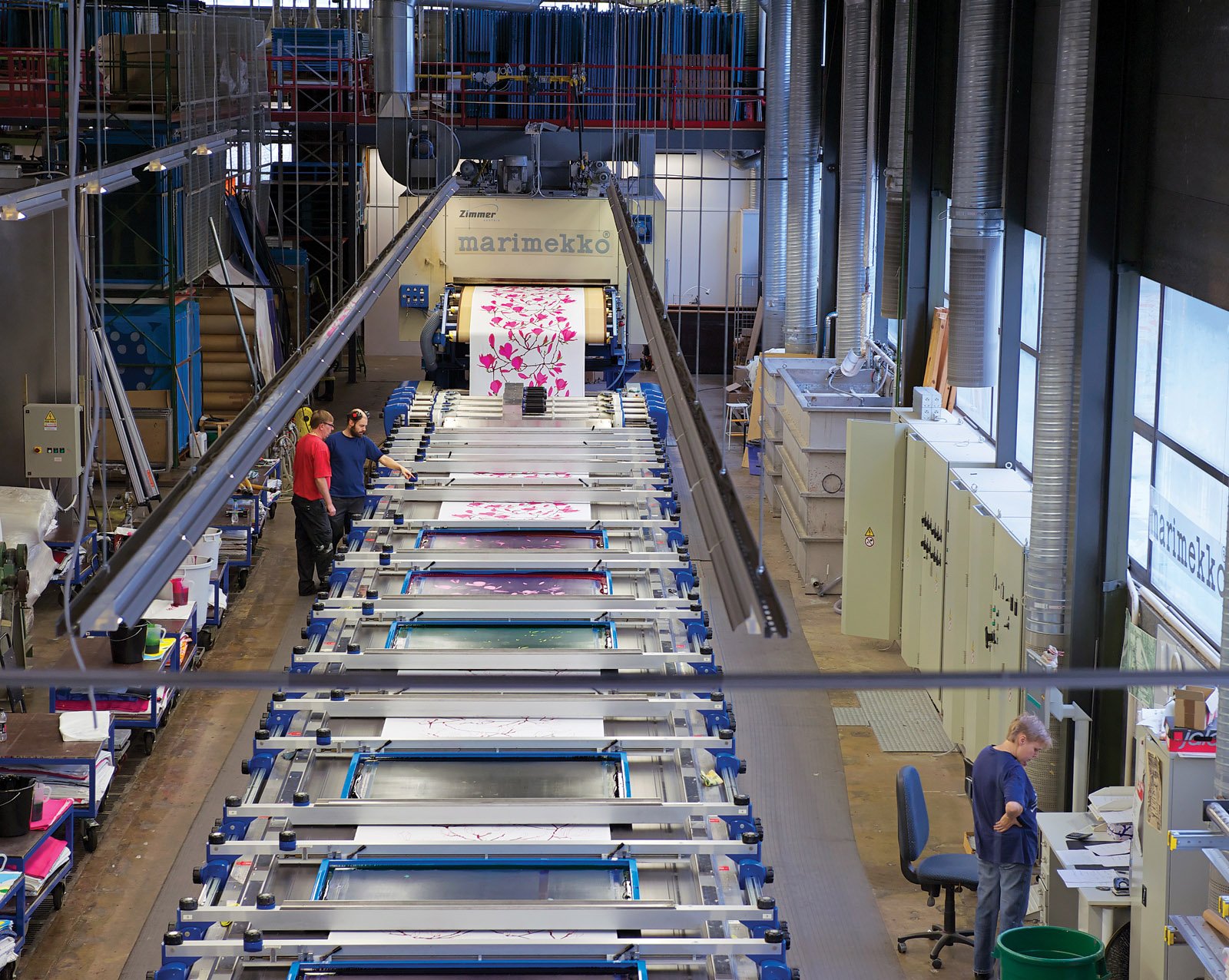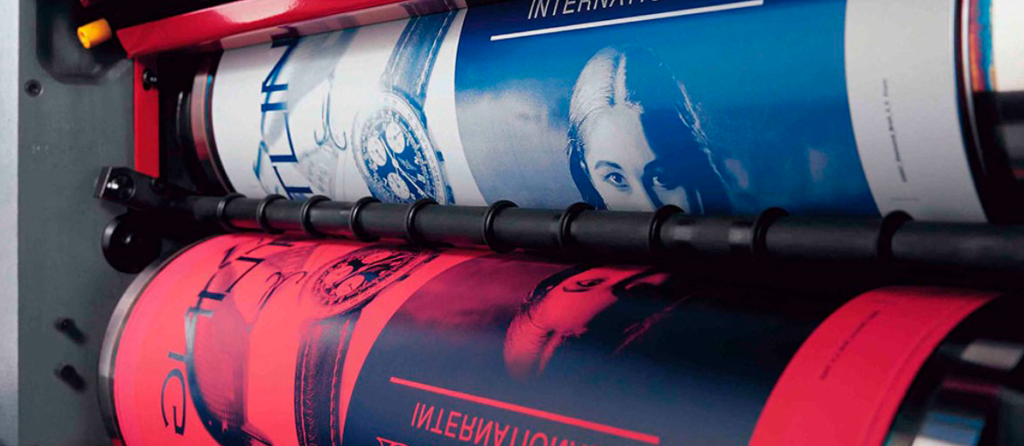From the dawn of civilization, mankind has pursued methods for the swift and automated duplication of figures and patterns, eliminating the need for individual manual drawing. Over 35,000 years ago, early humans employed their hands as templates to spray colorants, adorning their living spaces with these early forms of art. This method wasn’t merely about creating art; it was a swift action facilitating the quick, though basic, duplication of images.
In contemporary times, the act of printing on a vast scale could not be more different from these initial, intuitive acts; it has become a highly mechanized procedure, incorporating cutting-edge technology. However, apart from digital printing, which is a product of the computer age, the majority of present-day printing methods are, in essence, refined versions of ancient manual techniques developed over millennia.
The key techniques for replicating images that humans have invented throughout history are detailed herein. While some of these methods have become less common for mass production, they are still valued within the arts for their unique qualities. Conversely, other methods have been continuously improved and mechanized to meet the demands of industrial output, yet they fundamentally adhere to the original principles of their respective techniques.
Woodblock Printing

Derived from the Greek words for wood (“xìlov”) and writing (“gràphein”), originating in China in the 11th century, woodblock printing is recognized as the earliest printing method. This technique involves carving a wooden block to create a relief of the image to be printed. The raised areas receive ink which, when pressed onto a surface like paper or fabric, transfers the inverse of the carved image.
Woodblock printing was even utilized for book production, combining text and images on the same block, until the advent of movable type by Johannes Gutenberg in the late 15th century. Despite its evolution, woodcut has remained a staple in artistic endeavors. Modern times have seen materials like linoleum and Adigraf, which are softer and easier to carve, substitute wood in this process, now commonly referred to as linocut.
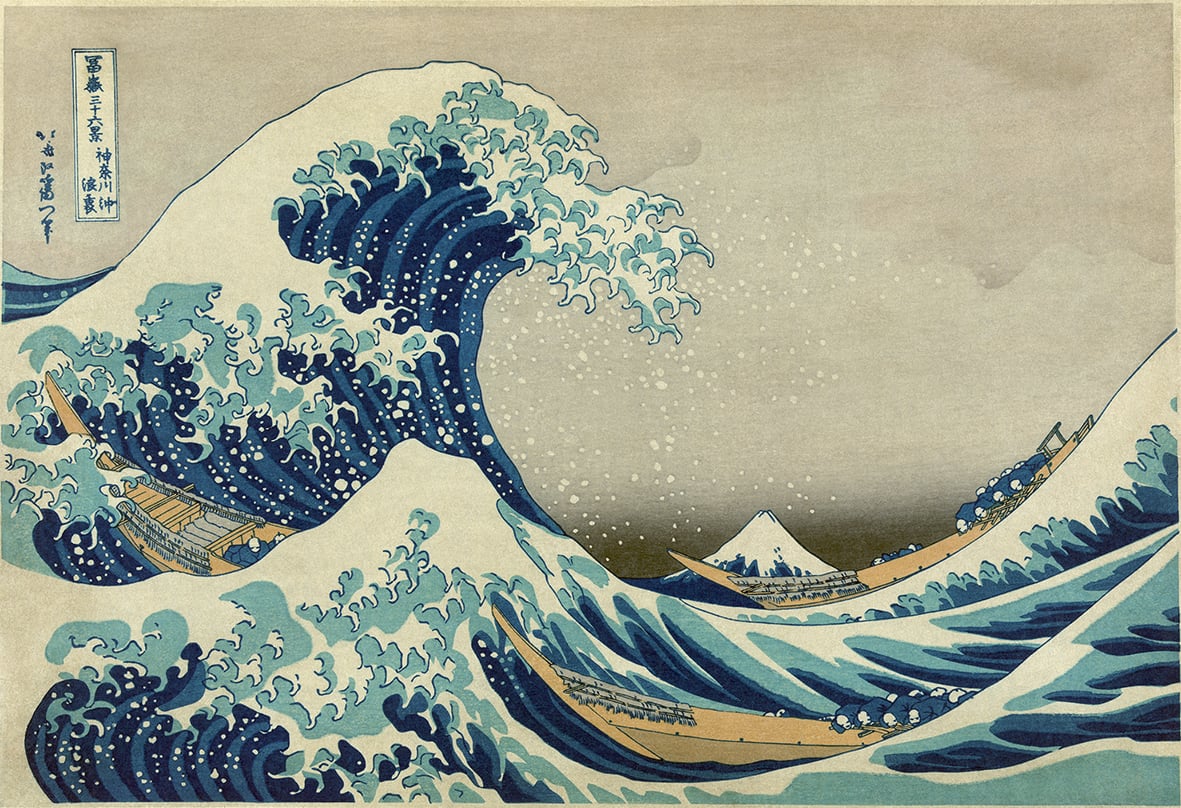
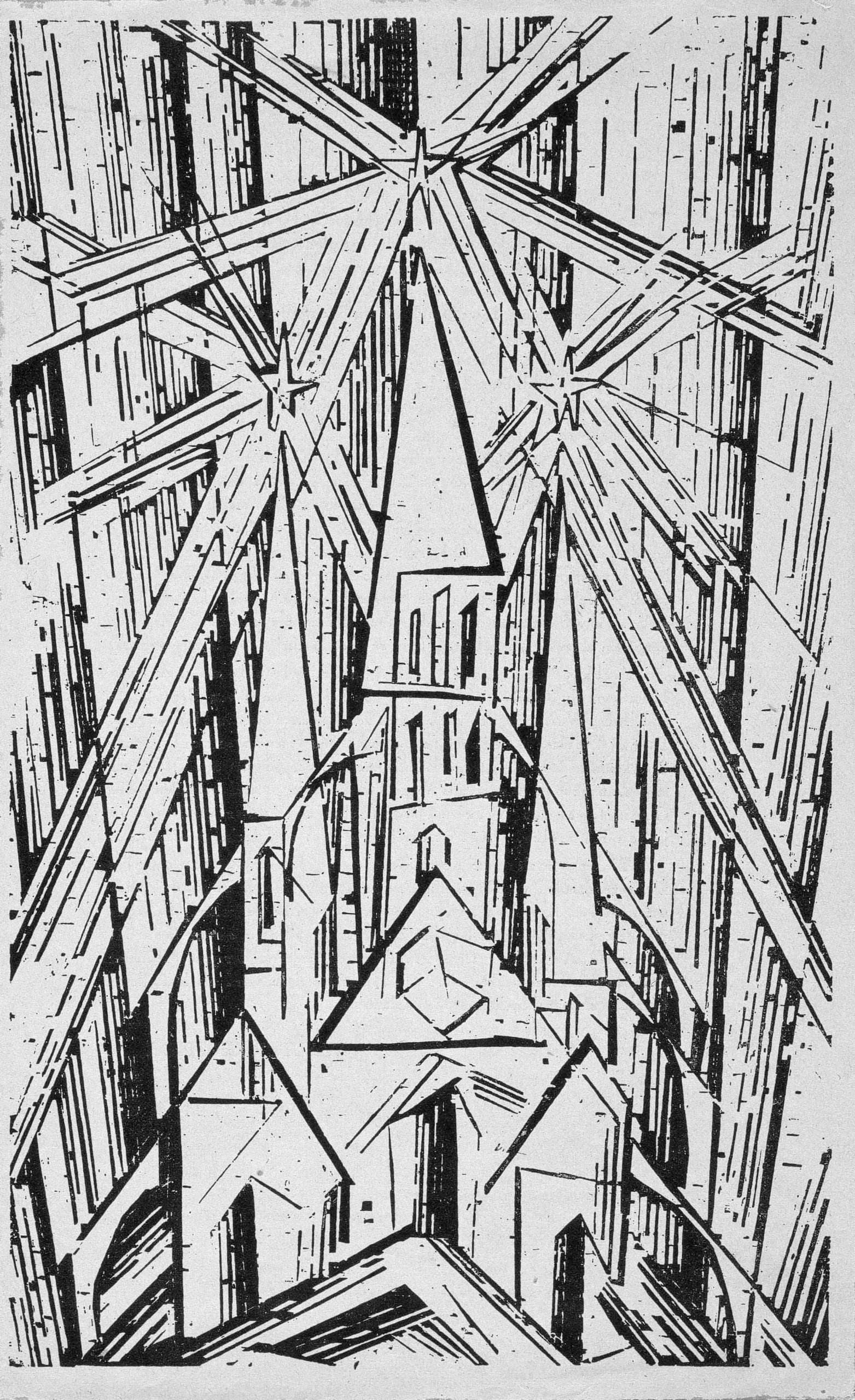
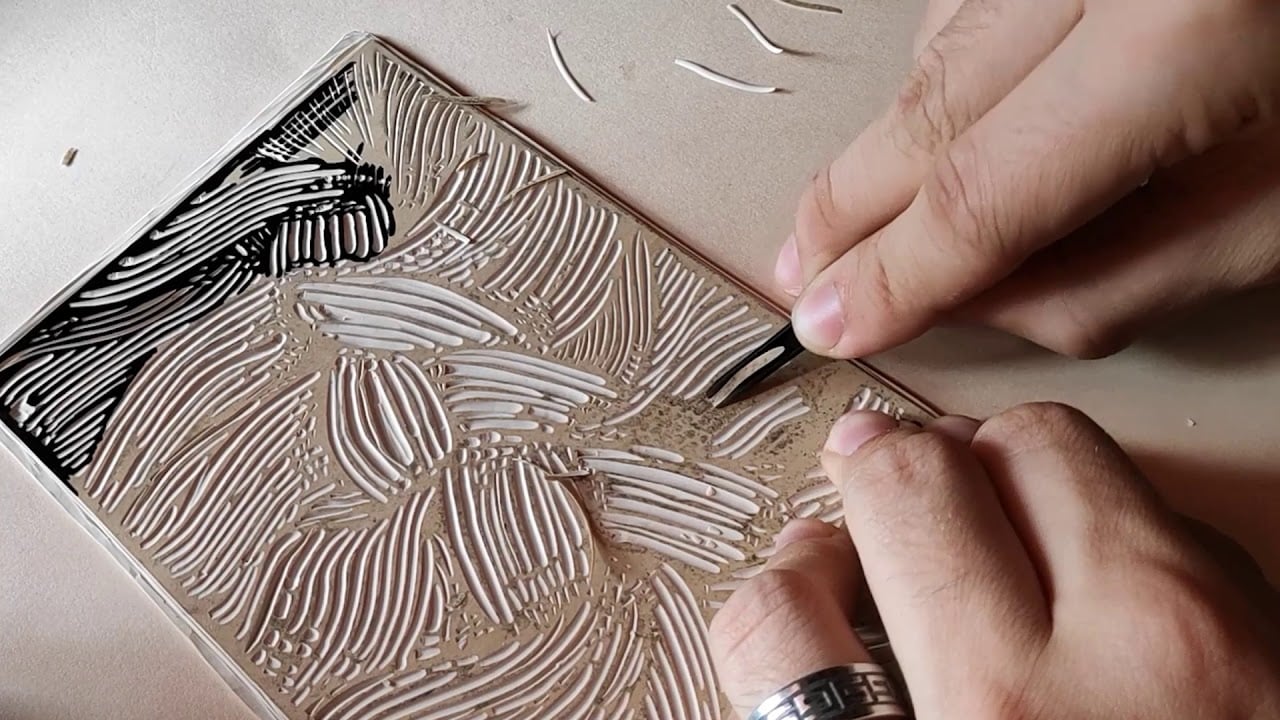
Intaglio Printing

Originating in Germany or Flanders around 1480 and in Florence by 1500, from the Greek for bronze (“khalkòs”) and to write (“gràphein”), intaglio involves engraving images directly onto a metal plate. The engraved areas are filled with ink, and the application of pressure transfers the ink to paper.
The method can be direct, with manual engraving, or indirect, using corrosive chemicals for etching designs into the metal. Rotogravure, an advancement of intaglio, employs engraved cylinders for high-volume printing, ideal for glossy magazines and detailed illustrations.
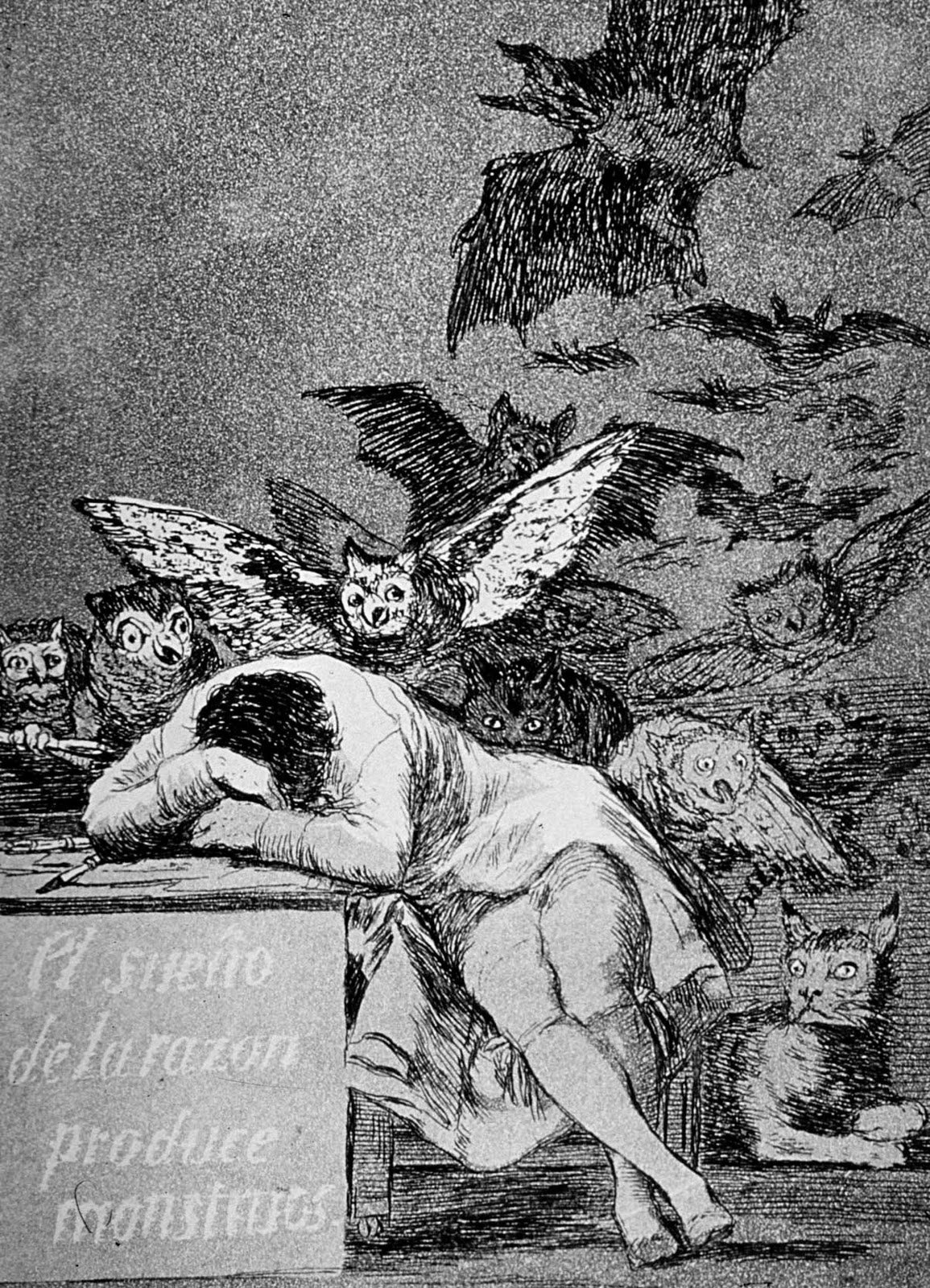
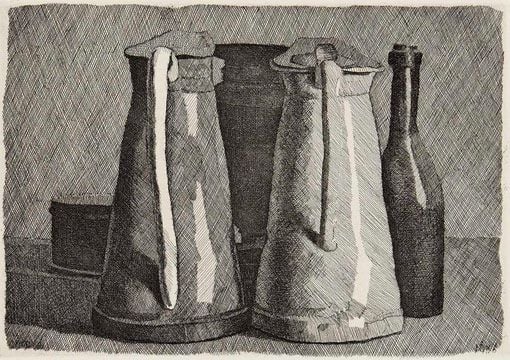
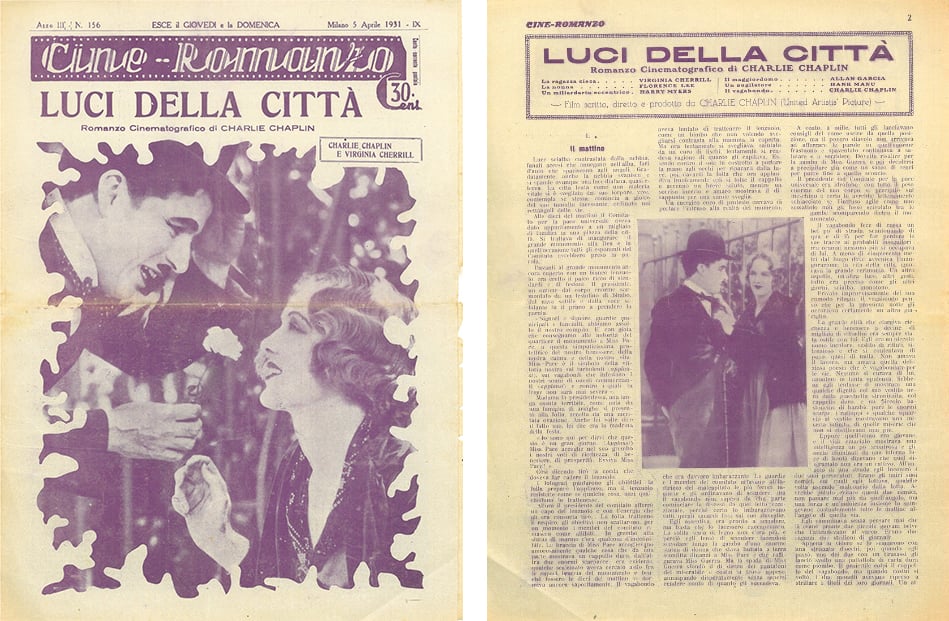
Lithography

Invented by Alois Senefelder in Munich in 1790, lithography comes from the Greek words for stone (“lìthos”) and to write (“gràphein”). It operates on the principle of oil and water repulsion, with the image drawn on limestone, then inked and pressed onto paper. Offset printing, a derivative of lithography, uses a rubber cylinder to transfer images from a metal plate to paper, allowing for high precision and large-scale production.
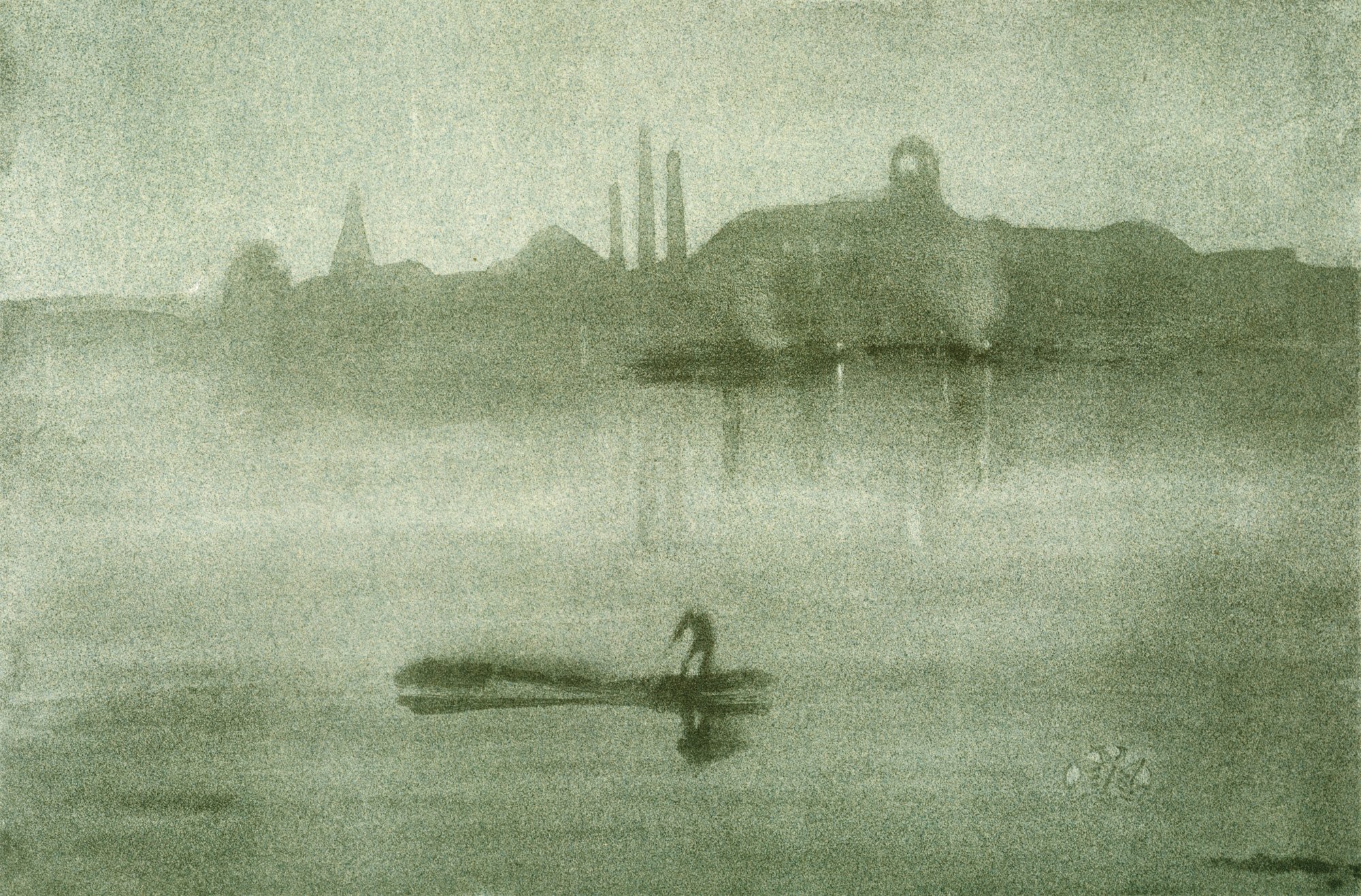
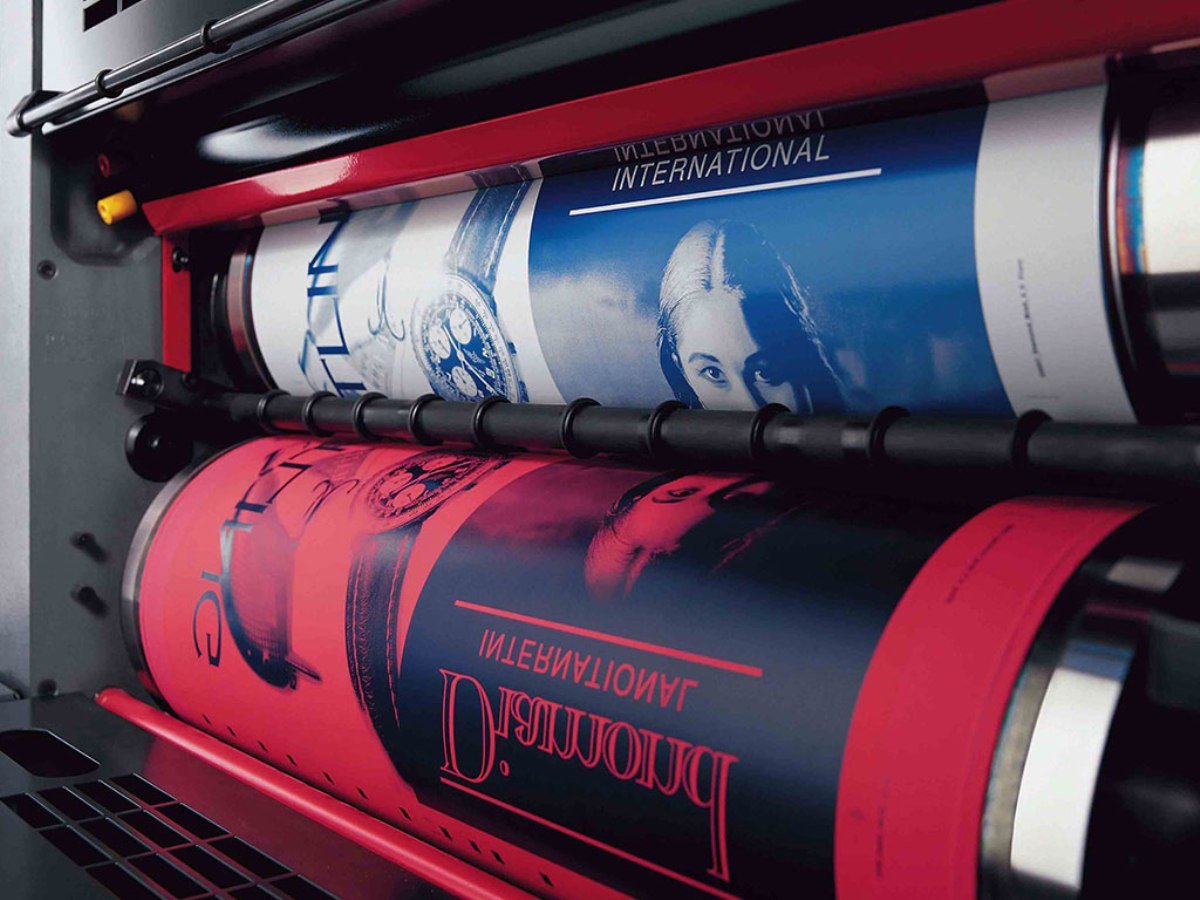
Screen Printing

With its origins in China between the 10th and 13th centuries, screen printing involves using a fabric screen to press ink through onto the printing surface. Initially utilizing silk screens, modern methods use synthetic materials. Screen printing is versatile, suitable for a wide range of surfaces, and remains popular for both artistic and commercial applications, from clothing to signage.
